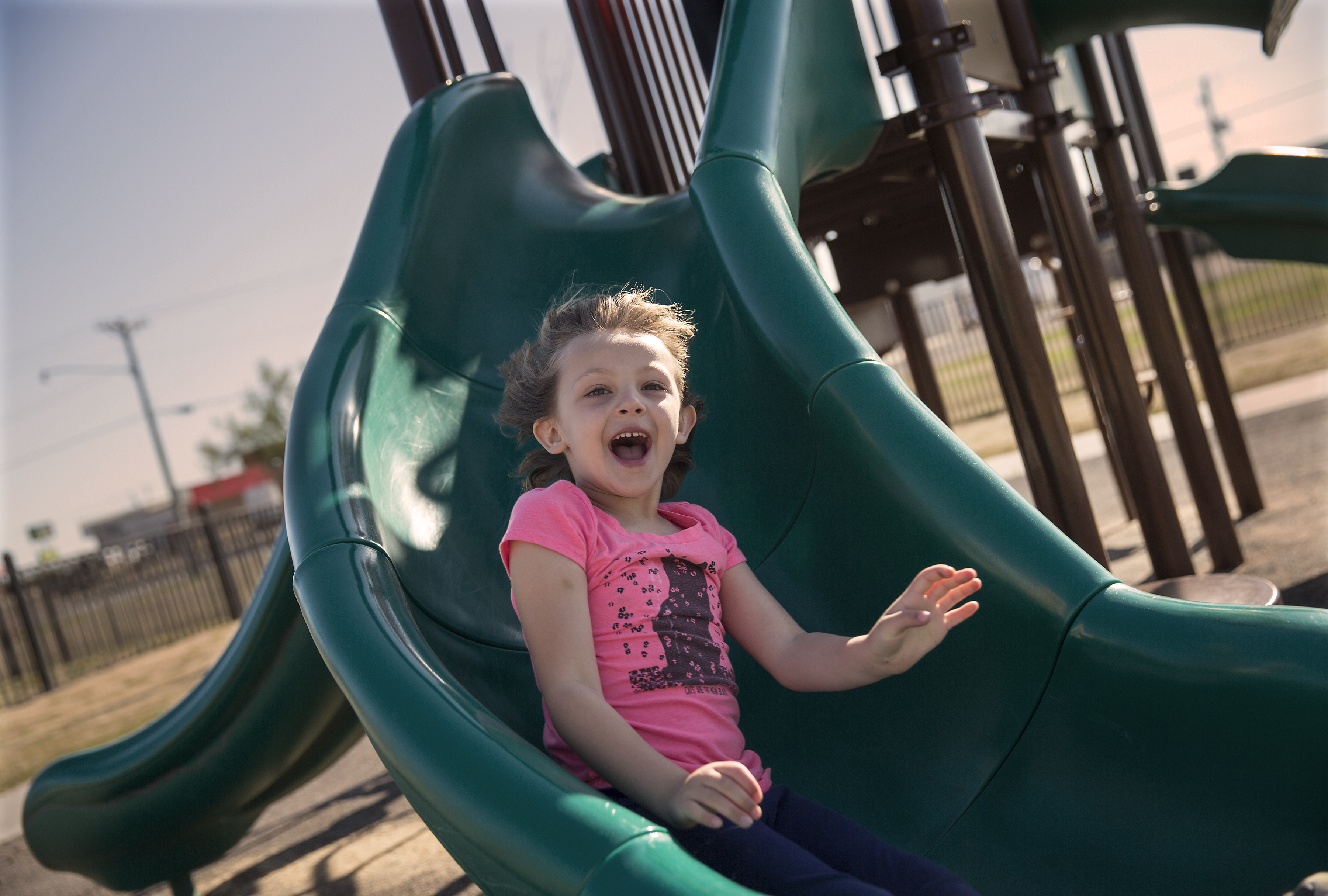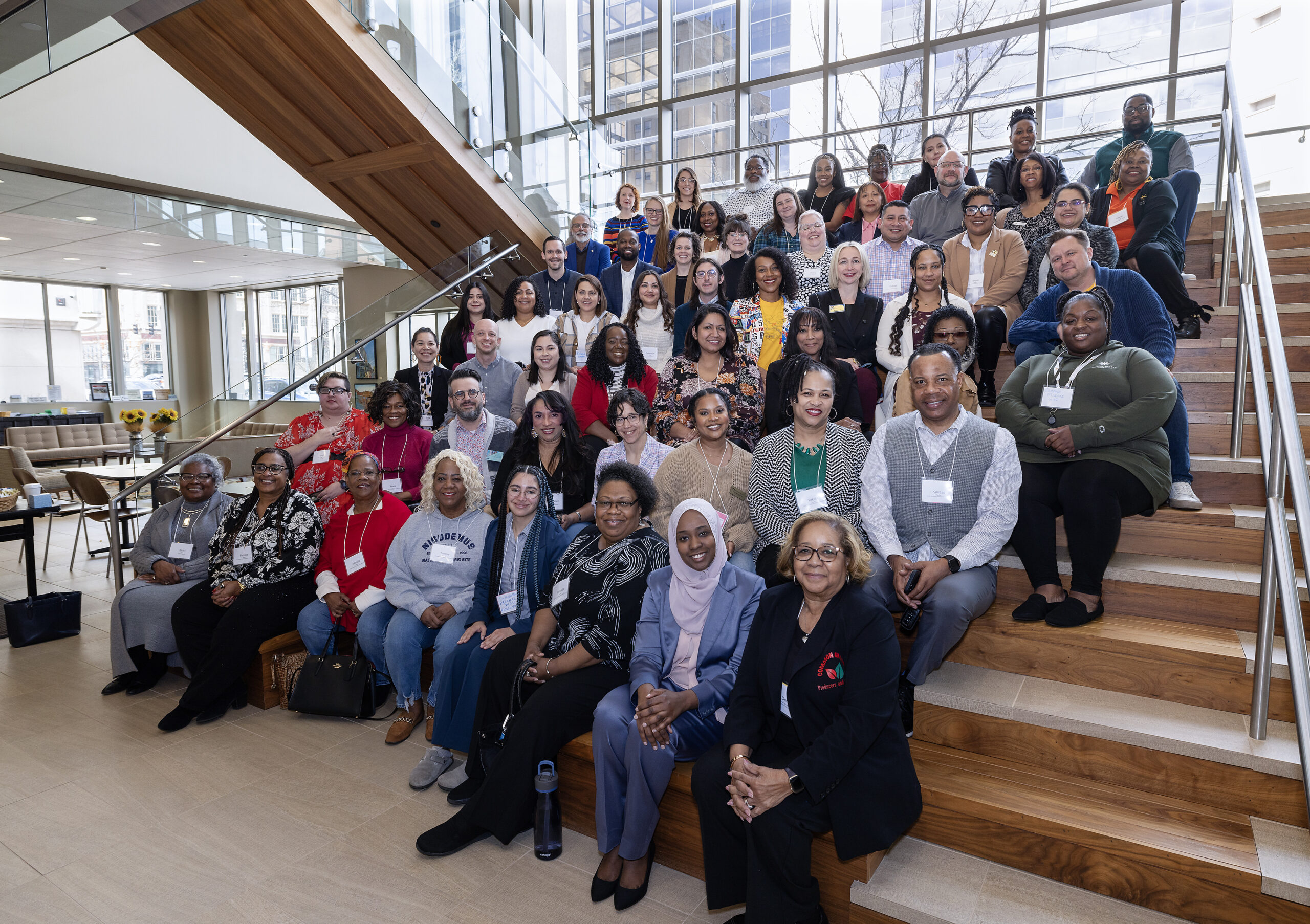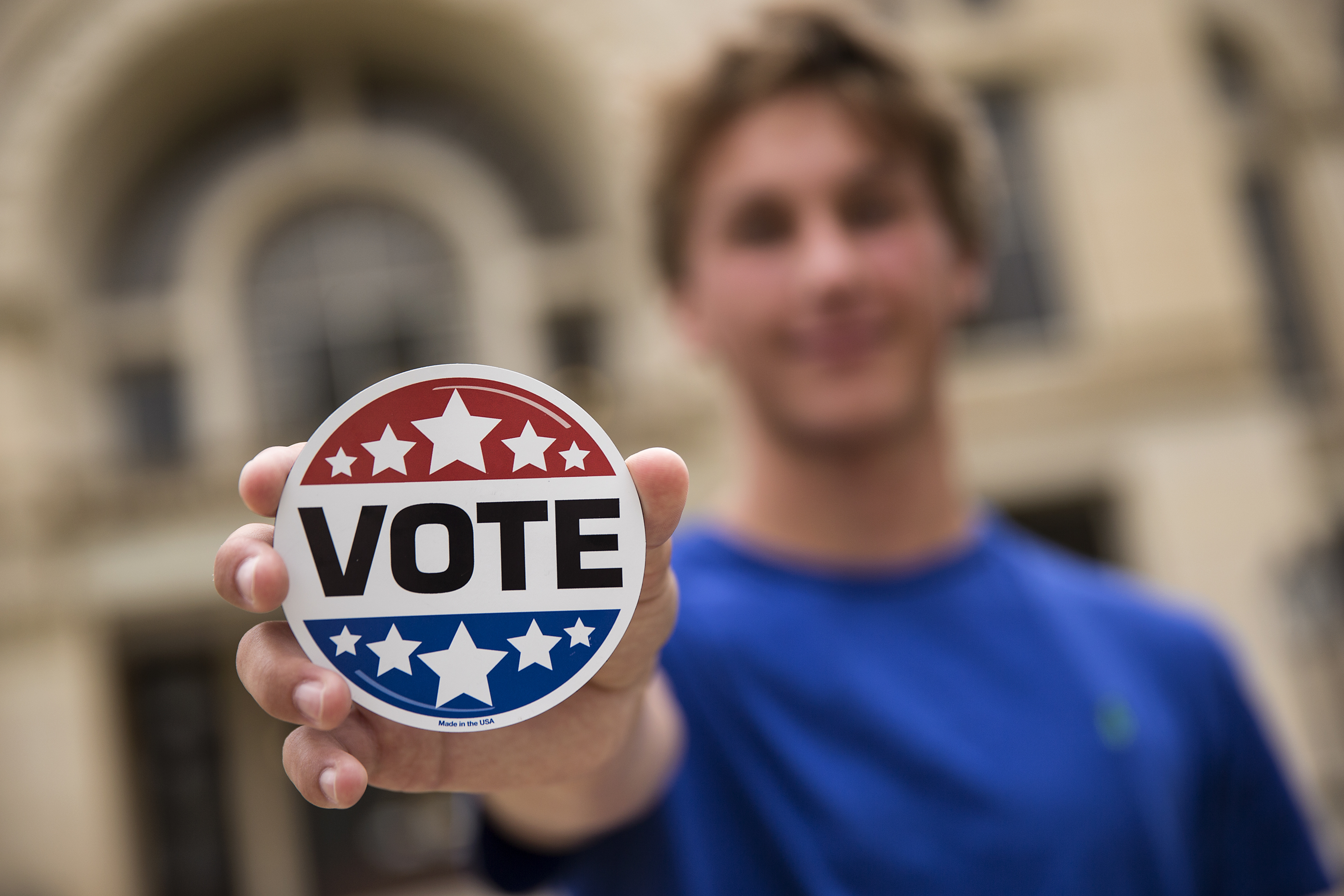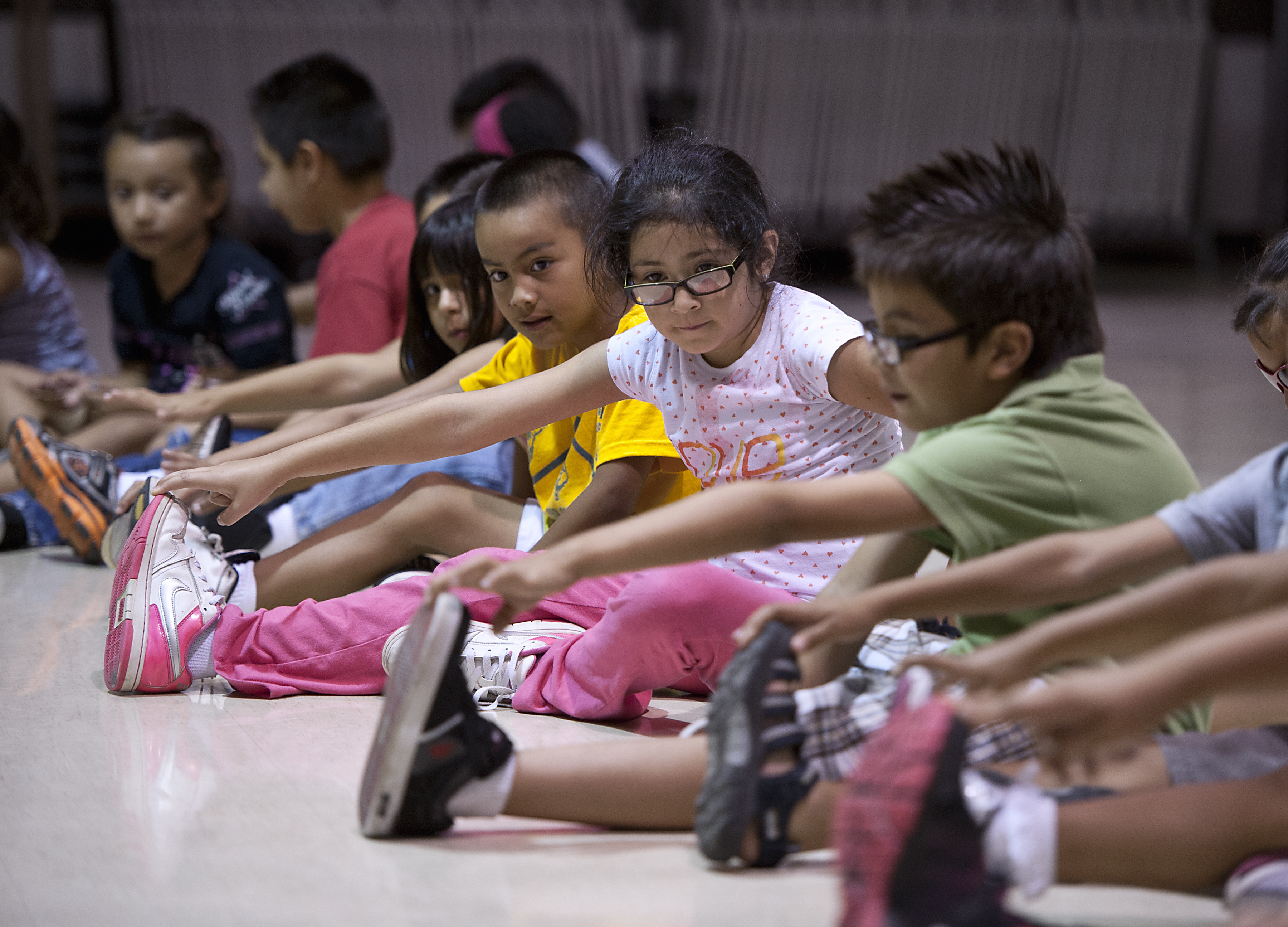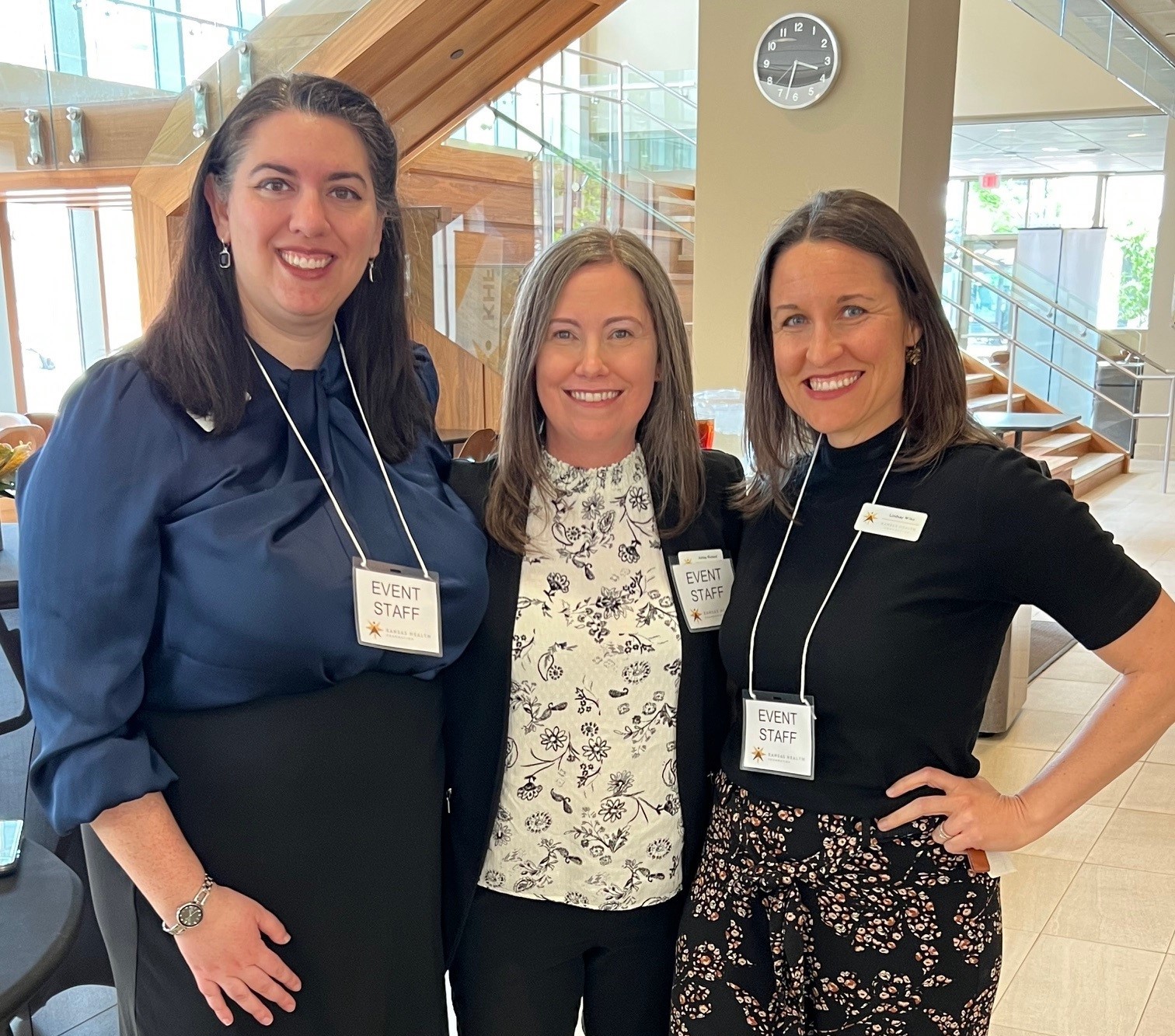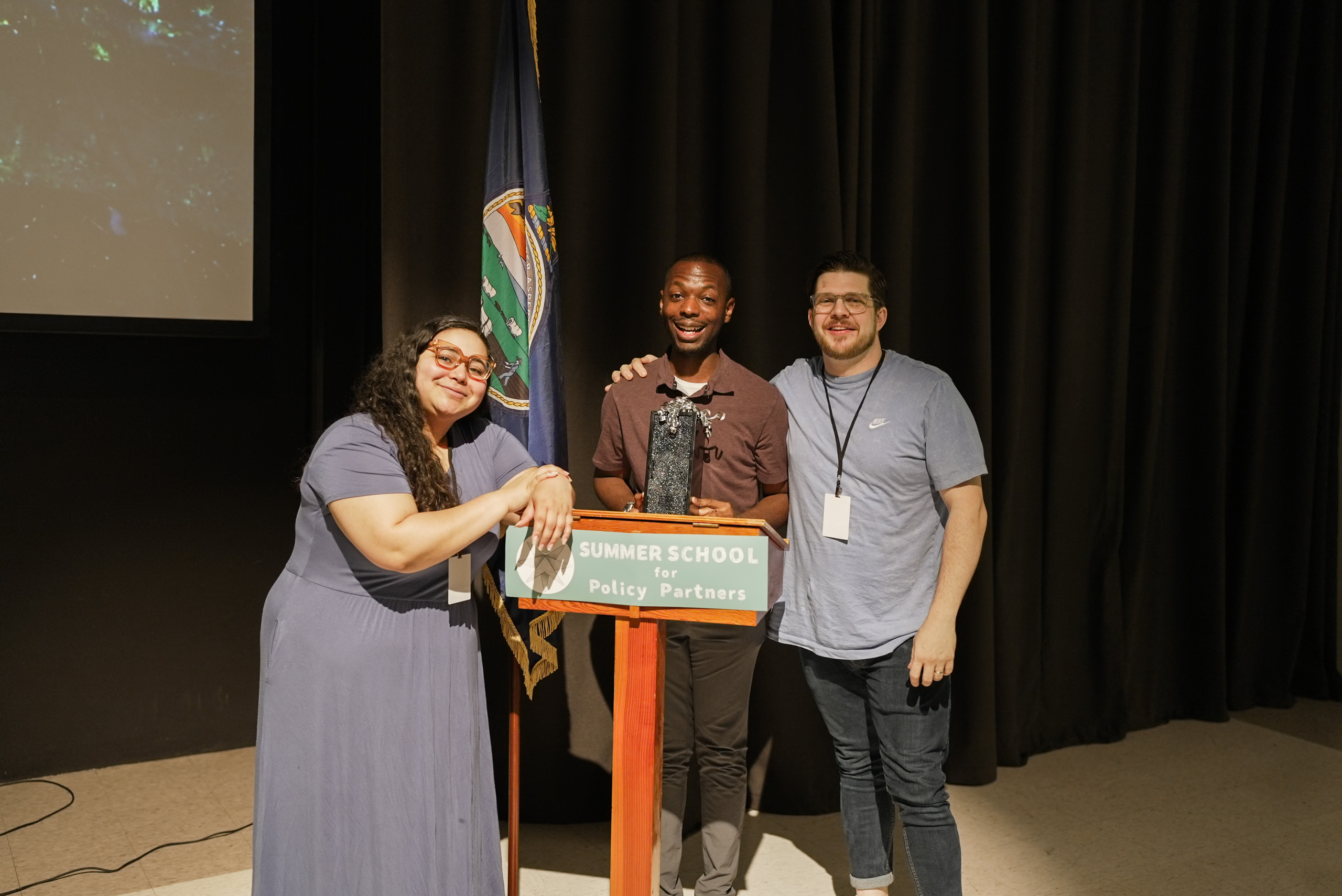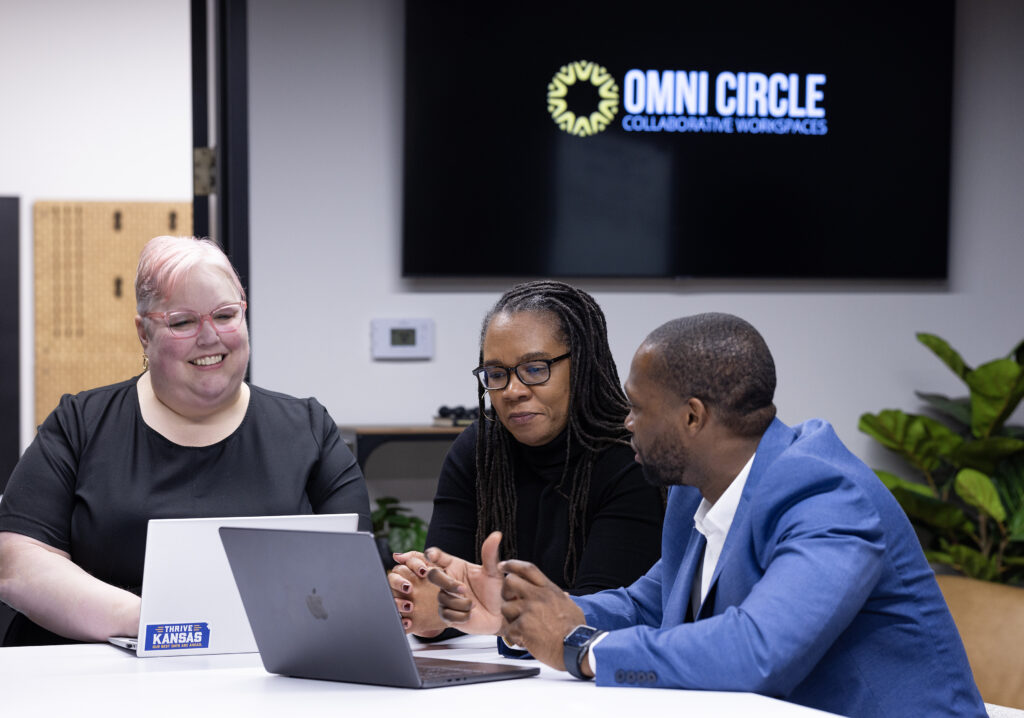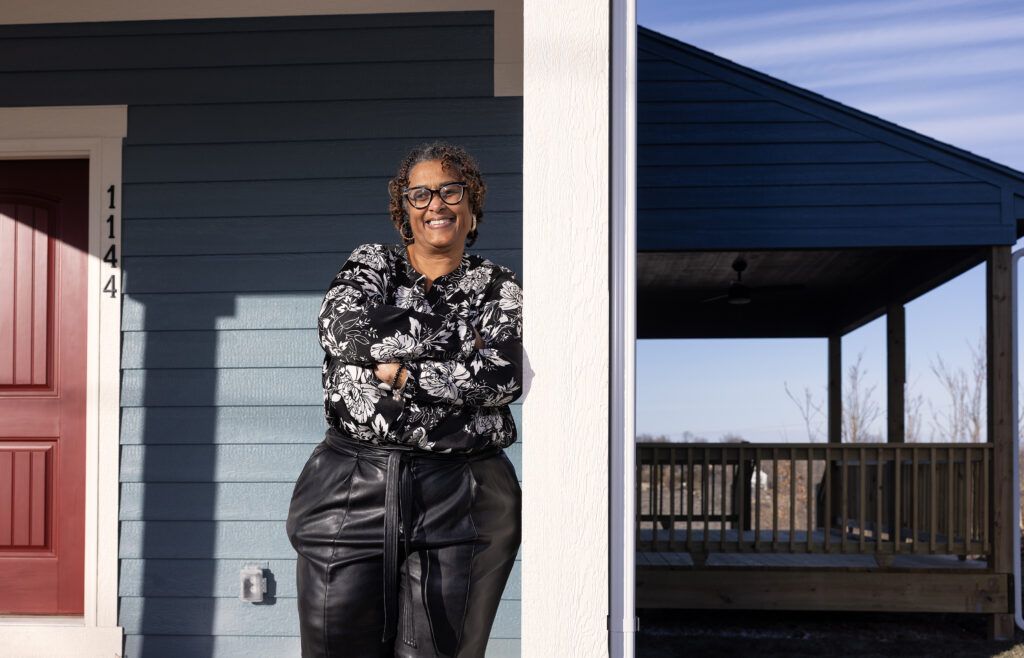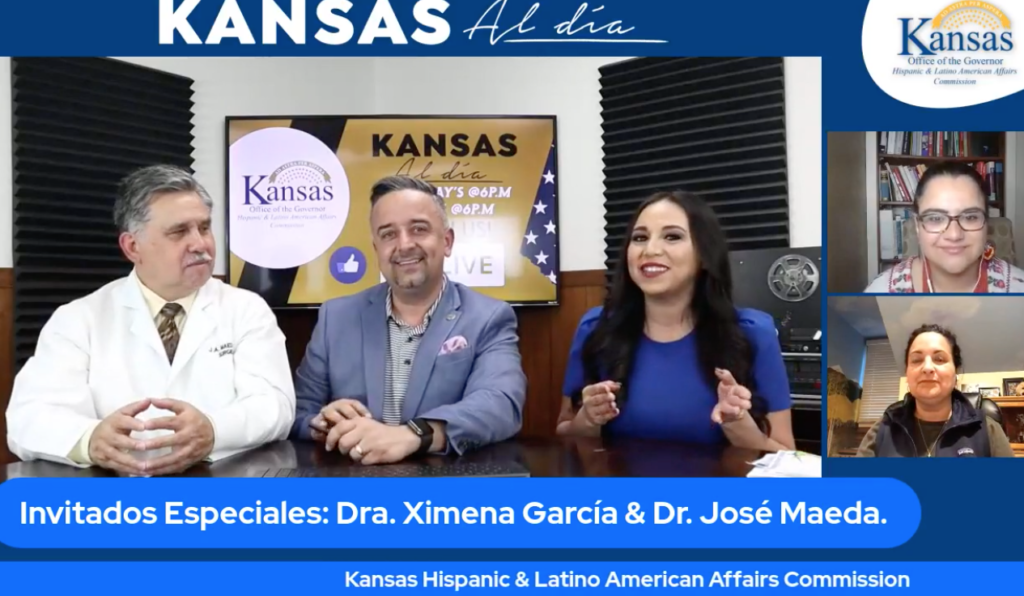
One of the greatest challenges communities have faced amid the rollout of vaccines during the COVID-19 (coronavirus) pandemic has been limited availability of the vaccine. But even as vaccines have become more widely available, and recently offered to everyone age 16 and older, underserved minority populations have received fewer vaccinations.
Statewide data in mid April show white Kansans are being vaccinated 1.5 times higher than Black Kansans, 3 times more than American Indian Kansans and at nearly the same rate, but slightly higher, than Asian Kansans. And, people who are not Hispanic or Latino are being vaccinated 1.4 times higher than Kansans who are Hispanic or Latino. These rates may actually be underreported as some vaccine records are missing information on patient demographics.
For some, there’s hesitation about the vaccines or rollout, uncertainty about how to make an appointment, or fear of the unknown. For others, including those who are interested in getting vaccinated, they can’t find a ride to a vaccination site, or don’t have access to vaccination information in their own language, or simply they lack specific technology to make an appointment – like a computer or copy machine, according to the Kansas Health Foundation’s partners and recent media reports.
Experiences in the health care system and clinical experiments from the 1930s to 1970s have also caused distrust of vaccinations among Black and Latino communities, adding an understandable layer of mistrust and hesitation that must be addressed.
All of this further inspires community leaders and public health officials to remove barriers to receiving COVID-19 vaccinations and being intentional about community outreach efforts of communities of color by meeting them where they live, work, worship and play.
What Communities are Seeing
Liberal’s Southwest Medical Center Marketing Director Janeth Vazquez and her team started targeted outreach to Hispanics – who make up 63 percent of the Seward county population – and other underserved populations after seeing large gaps in COVID-19 vaccination rates among Latinos when community vaccination first began.
Since then, Vazquez and her staff at the not-for-profit acute care hospital have been working with physicians to provide educational videos to debunk COVID-19 vaccination myths and share the facts. Immediately after vaccines became available for Kansas workers at meatpacking plants (a majority of whom are Hispanic or Latino), her team visited the local meatpacking facilities to distribute information and answer any COVID-19 vaccine questions in person.
In partnering with National Beef, the hospital was able to address and alleviate vaccine fears of hundreds of meatpacking workers.
“Overall it was very important for my marketing team to provide culturally appropriate, multilingual vaccine communication materials in the online spaces and physical locations (grocery stores, restaurants) that are commonly accessed by racial and ethnic minority populations to ensure that this information reached our community,” Vazquez said.
As a result, Vazquez says more Latinos are getting vaccinated in Seward County and she suspects this will continue to grow now that more people are eligible for the vaccine.
It’s incredibly important to reach these minority and underserved populations where they are – especially in locations where they typically receive health services, including Kansas’ community health centers, like Wichita’s GraceMed Health Clinic.
While many individuals from African American, Hispanic and Asian communities have visited Wichita’s GraceMed Health Clinic to receive the vaccine, Chief Executive Officer Venus Lee says there’s always room for improvement.
Getting vaccines in arms involves an all-hands-on-deck approach at GraceMed Health Clinic, Lee said. They’ve recently partnered with other health centers, like HealthCore Clinic in northeast Wichita, to share staff and create pop-up clinics to dive deeper into Wichita’s underserved neighborhoods. They’ve also created a culturally-appropriate public information campaign to inform, encourage and reassure the community about the various vaccines.
Lee has been excited to see the spirit of cooperation and collaboration that has brought the organizations together. She says educating the public is incredibly key – especially on the safety and importance of vaccines, and how they are critical for individuals and also their loved ones.
“Beyond what we’re doing, I think it is essential for people in leadership positions and influence in minority communities to speak up and encourage vaccine acceptance,” Lee said. “We are finding that local leaders and churches can greatly impact resistant populations in our demographics.”
“All of us at GraceMed, and in this community, need everyone who has the strength to fight this pandemic with the weapons available to them, even if the only weapon is being vaccinated,” Lee said. “Be a force for healing instead of fear and destruction.”
Disparities Revealed Throughout Pandemic
Even before COVID-19 vaccines were available, the pandemic exposed racial disparities within our health systems leading to further inequitable health outcomes.
Black, Latino and Native American people are infected with COVID-19 and hospitalized with rates three times higher than white Americans and they also die of the illness two times the rate of that of whites, according to the Centers for Disease Control and Prevention (CDC). Unfortunately, CDC has identified inequities during the vaccine rollout as well.
For members of these communities of color, the CDC indicates there are several contributing factors to higher rates of infection and severe disease – including living in crowded households, working in essential services with close contact to people or having higher rates of underlying health problems that can increase risk for severe COVID-19.
The State of Kansas, government entities, health care providers, businesses, community-based organizations, the Kansas Health Foundation and other philanthropic organizations in Kansas are all working to address health disparities exacerbated by COVID-19. These entities are also working toward more equitable and efficient COVID-19 vaccination distribution.
To find a COVID-19 vaccination site near you, visit the following links by language: English or Spanish.
There is More Work to Be Done
During the COVID-19 vaccine rollout, KHF has been working with partners to identify ways to provide accurate information to Kansans and help underserved communities access the vaccines. KHF has created and distributed materials and videos in both English and Spanish and is working with cities and counties for media outreach of their vaccine events.
Now that all Kansans 16 and older can receive the vaccine, KHF will enhance its communication and outreach efforts with partners in underserved communities to ensure everyone has access to the vaccine.
KHF will continue working with Dr. Ximena Garcia, who was recently brought on as Gov. Laura Kelly’s advisor on COVID-19 vaccination equity. Dr. Garcia is working with individuals from underrepresented populations and the Kansas Department of Health and Environment to coordinate vaccine administration in socially-vulnerable communities, according to media reports. With more vaccine availability, health providers are organizing vaccine clinics in low-response neighborhoods, to reach people where they live.
Garcia will lead efforts to study why inequities exist and how to solve them by improving outreach with communities of color and through coordinating efforts between KDHE and statewide African-American, Latino and Native American commissioners under the governor’s office.
In our work with partners, KHF understands that transparency, trust and reinforced safety and effectiveness will likely be key to making sure vaccines are distributed and received equitably and to everyone who needs them. We applaud the many engaged Kansans who are working to do just this.
Be watching our social media channels and sign up for our e-news to learn more.
###
*Photos courtesy of Southwest Medical Center and GraceMed Health Clinic.

